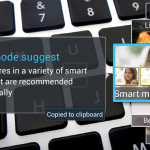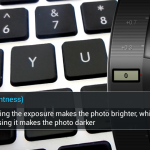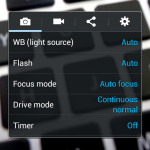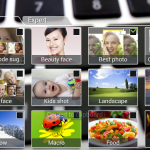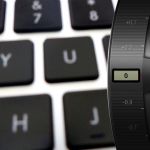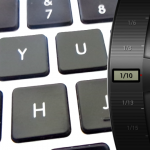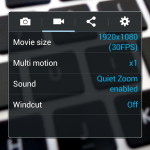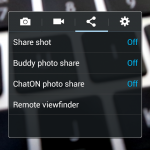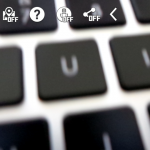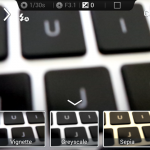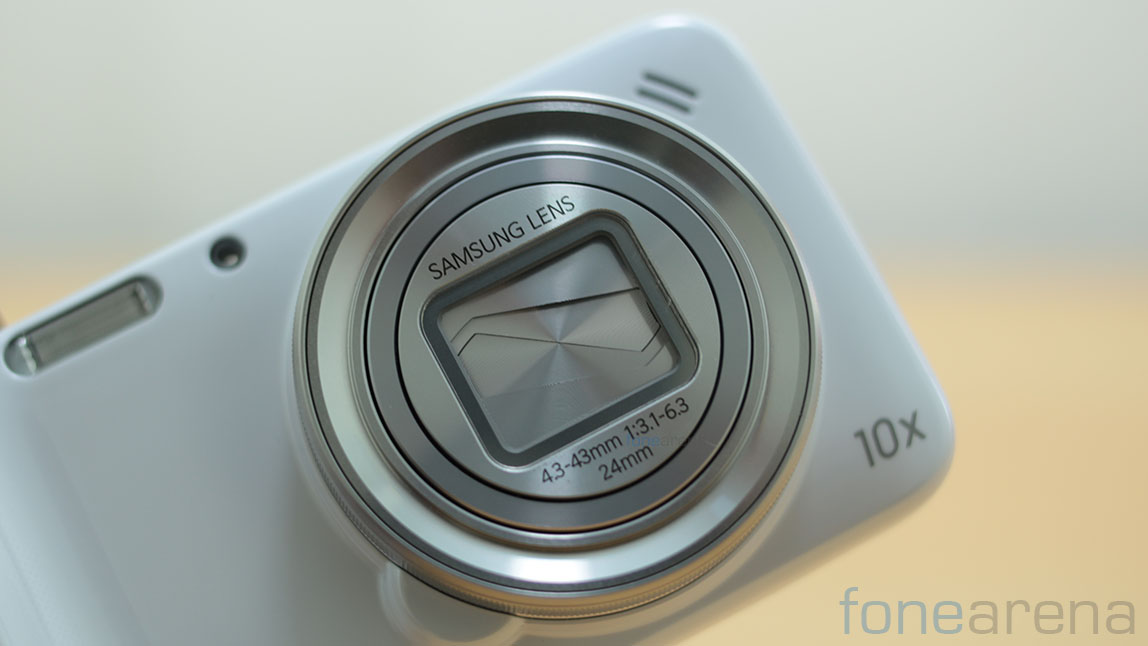
You have seen the camera samples, a comparison with the Nokia 808 PureView and the unboxing, and we felt that’s not enough to let you know about the camera on the Samsung Galaxy S4 Zoom. So, here is a camera review with all the details you’d expect of the camera part of the S4 Zoom. What you will read is a deep dive into the technical details of the camera with a walkthrough of the UI, the camera samples and a short conclusion, leading up to our full review later. We have documented that on video first, do watch it here and go past the break for the text.
httpv://www.youtube.com/watch?v=atxKwigyYgk
The Samsung Galaxy S4 Zoom has a 16 Megapixel 1/2.3″ CMOS sensor with a pixel size of 1.34 um, which is pretty standard stuff when it comes to point and shoots but definitely special on a hybrid camera phone like the S4 Zoom. The sensor also can go upto ISO 3200. On top of the sensor sits the Samsung-made lens. It has a focal length of 4.3-43mm with a 10x multiplier in optical zoom. When the crop factor is to be considered, the 35mm focal length equivalent of the lens becomes 24-240mm. That’s a wide to telephoto lens with a variable aperture.
The aperture varies from f3.1 – f6.3 which is pretty slow but that’s what you get from a compact point and shoot camera these days. The lens incorporates optical image stabilization for non-shaky pictures at full zoom and long exposed low light shots, and of course stabilized video too. Talking of video, the camera can record full HD 1920×1080 video at 30 fps, with the optical zoom enabled and can record 1280×720 videos at 60 fps. This is all accomplished by a feature packed camera interface.
The camera interface is typically Samsung, and reminds us a lot of the Samsung Galaxy Camera’s user interface. You have a mode and a battery indicator on the top right, and below that is the software shutter button for stills. On a single touch, it focuses once and takes the shot. Below the software touch shutter button is the mode dial. Below the mode dial is the video button that instantly takes a video when pressed. Right below that is an upward arrow that reveals various basic filters and over at the bottom left is the gallery shortcut. Above the gallery thumbnail is the options to use touch controls for the optical zoom and at the top left are the toggles for the front facing camera, and there are additional settings too. You can refer the video above for better understanding of the UI and here are some screenshots to help you for the same –
Coming back to the important mode dial, when pressed, it opens up with four options. “Auto” which is the auto mode obviously, and then there are the other “Smart”, “Expert” and “My modes”. Lets go through them one by one. The “Smart” mode is a kind of a scene selection mode that is very similar to the one on the Galaxy Camera, and eventually that showed up on the Galaxy S4. The smart mode opens up a carousel that can be changed into a grid for easier selection of modes. There are a ton of different modes and are a mix of what you get on point and shoots and recently, in high end smartphones like the Galaxy S4. There are specific scene and camera modes like Candle light, light trace, macro, sunset, silhouette.. etc that are like the Galaxy Camera and several other point and shoots while there are also these Drama shot, Sound and shot, Animated image, best shot, best face.. etc that you find on the Galaxy S4. All the features work as advertised and enhance the default photo experience.
While all the smart modes pre configured modes for a typical scene, the expert mode lets you tinker and change almost every controllable aspect of the camera. The expert mode reveals a familiar yet slightly different faux-lens control UI like the Galaxy Camera with three modes – program, manual and colour wizard. The Colour wizard setting lets you tweak the image exposure, saturation, colour balance, sharpness and contrast, basically dealing with everything about the image, while the program and manual modes let you tweak the finer aspects of the camera. The program mode and the manual mode are almost similar, with option to change exposure compensation, ISO, white balance and set different drive modes, with additional options of controlling shutter speed and aperture in the manual mode. That makes it very likeable for people who understand the three main aspects of exposure – aperture, shutter speed and ISO. And lastly, the “My modes” option lets you pin your 5 favourite smart scenes or expert modes to that screen for an easy and quick access.
Coming to the actual camera performance, you can get a detailed low down of each and every camera sample here in our earlier post about the S4 Zoom’s camera samples, and if interested, check out the comparison with the reigning cameraphone king – the Nokia 808 PureView.
Armed with several features and scenes, the Galaxy S4 Zoom takes good pictures in every condition possible. While they are very usable, the photos always seem a bit over processed, with some edge sharpening, and a lot of noise reduction going on in some of the low light pictures, but they are pretty usable for instant sharing. But people looking at some pro-level post processing for their pictures might be disappointed. In the end, the Galaxy S4 Zoom is a pretty decent point and shoot slapped on to a phone. If you are ok with the bulkiness, weird form factor and the awkward usage as a phone, it will serve well but then, is it really worth that effort? We’ll let you know in our complete review. Stay tuned to our YouTube channel for more previews of upcoming content!


